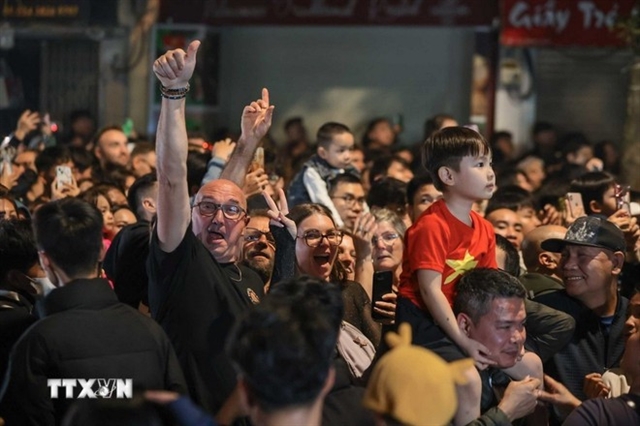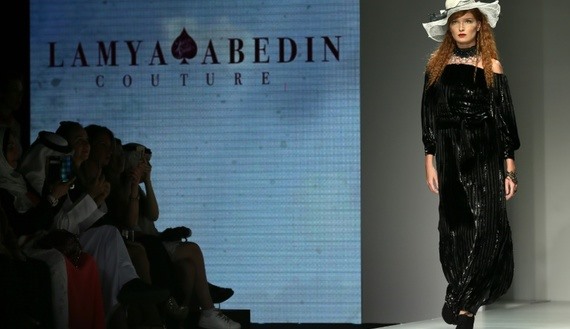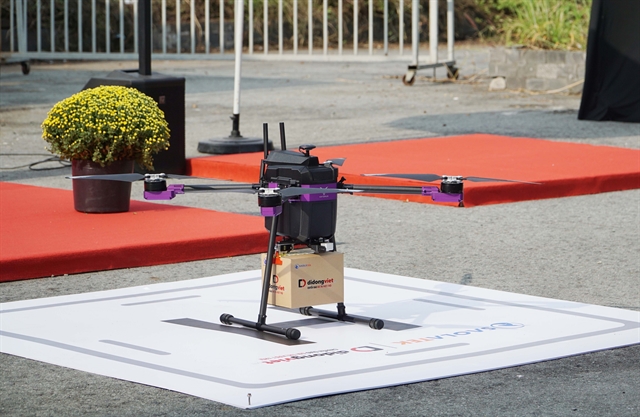 Life & Style
Life & Style

Arab Fashion Week opened yesterday with hopes of establishing Dubai as a top destination for the "ready couture" genre and as a major fashion capital.
 |
| A model presents a creation by Emirati fashion designer Lamya Abedin at the Arab Fashion Week in Dubai on Thursday. — AFP Photo |
DUBAI — Arab Fashion Week opened yesterday with hopes of establishing Dubai as a top destination for the "ready couture" genre and as a major fashion capital.
It is the first time that a fashion week has been dedicated to the form, described by organisers as a blend of haute couture and ready-to-wear or pret-a-porter.
"In Milan, we celebrate high-end ready-to-wear. In Paris, we celebrate high-end haute couture," said Jacob Abrian, the head of the Dubai-based Arab Fashion Council (AFC).
In Dubai and the Arab world, "we want to be innovative," he said, with off-the-rack clothing that is tailored to haute couture standards and can be customised.
For the first time in the region, the five-day show will also present a unisex collection signed by Rad Hourani, a Canadian-Jordanian designer known for his genderless creations.
The fashion week will open with "ready couture" for women from Emirati designer Lamya Abedin in the first of more than 20 Spring-Summer 2017 collections from more than 10 countries.
Now in its third edition, Arab Fashion Week aims to attract women from the Gulf who tend to dress up every day, as well as luxury-orientated buyers from Russia and China.
The AFC, founded in 2014 to represent the fashion industry in the 22 countries of the Arab League, introduced "ready couture" after an in-depth study of the market, Abrian said.
The form follows in the footsteps of limited ready-to-wear collections that can be customised, from famous fashion houses Roberto Cavalli and Dolce&Gabbana, he said.
’Peace through fashion’
AFC spokeswoman Daline Eluar said the group "aims to strengthen the role of the UAE, through Dubai, to become the fifth international fashion capital alongside New York, London, Paris and Milan."
The fashion week seeks to show the world that the Arab region is not just "war and conflicts" but also "creativity, art and beauty," she said.
The Gulf city state is a growing tourist destination, a magnet for investors and home to one of the world’s largest shopping malls.
It has been spared the wave of unrest that has rocked other Arab countries since 2011.
Abrian said the AFC wants to "tailor peace through fashion" by promoting Arab designers and attracting Western brands to manufacture in the region.
At the fashion show, the council will promote a Jordan-based initiative to set up the Arab world’s first factory able to manufacture garments to international standards, he said.
The initiative is part of a drive towards setting up a creative economy based on the region’s art and culture within 10 years, he added.
But much remains to be done, Abrian said, as customers still trust Western designers over their Arab peers.
"Everything that comes from Paris, from Milan is more appreciated," he said.
The AFC hopes to counter this by promoting brands that are "made in Arabia". Islamic fashion will be on display throughout the event with brands from Malaysia and Indonesia, at a time of growing controversy in the West over Muslim women’s clothing.
"We believe that Islamic wear is very important and international brands are targeting" it, said Abrian, adding that Muslim spending on fashion could reach US$500 billion by 2019. — AFP




